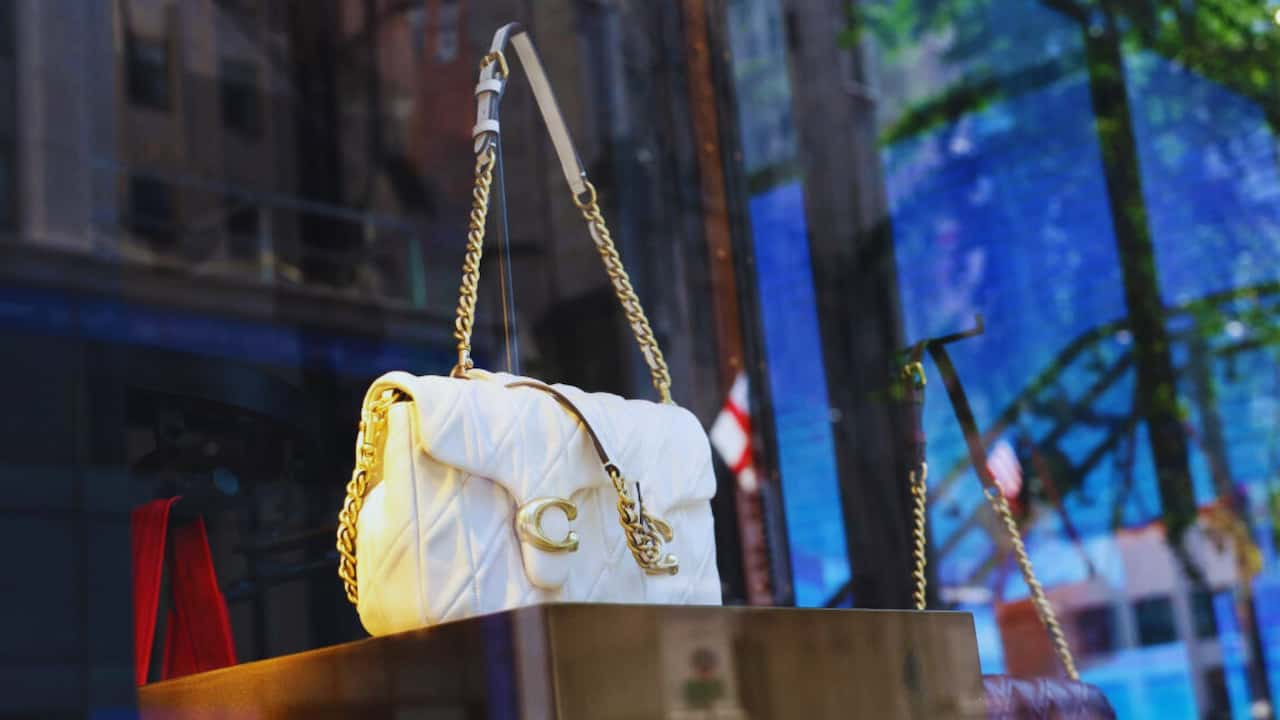Fashion Giants’ $8.5B Merger Dreams Shatter: Judge’s Ruling Sends Shockwaves Through Luxury Market
In a dramatic turn of events that has rattled the fashion industry, a major consolidation attempt between two luxury powerhouses came to an abrupt halt yesterday.
A federal judge’s blockbuster decision to stop the $8.5 billion merger between Tapestry and Capri Holdings has sent tremors through Wall Street and the fashion world alike.
Capri Holdings, the company behind beloved brands Michael Kors, Versace, and Jimmy Choo, saw its stock take a devastating hit, plummeting 46% in after-hours trading. The sharp decline occurred immediately following the ruling by US District Judge Jennifer Rochon, which effectively halted one of the largest fashion deals in recent history.
The ruling marks a significant victory for the Federal Trade Commission (FTC) and the Biden administration’s aggressive stance on maintaining market competition.
Judge Rochon’s memorable words, “Antitrust has come into fashion,” perfectly captured the essence of the decision, arguing that the merger would hurt competition in the accessible luxury handbag market.
The proposed deal would have created a fashion empire, bringing together six major brands:
- Tapestry’s portfolio: Coach, Stuart Weitzman, and Kate Spade
- Capri’s stable: Versace, Jimmy Choo, and Michael Kors
While Capri experienced a significant stock decline, Tapestry experienced a 13% increase in its shares, indicating that investors may perceive the company as more independent. The contrasting market reactions highlight the complex dynamics at play in the luxury fashion sector.
Tapestry is determined to overcome this setback. The company quickly announced its intention to appeal the decision, arguing that the fashion industry remains “intensely competitive and dynamic.” In response to concerns about market concentration, they emphasized the market’s fragmentation among both established players and newcomers.
Industry experts have weighed in on the decision, including Pauline Brown, former North American chair at LVMH. Before the ruling, Brown had questioned the FTC’s argument about market definition, suggesting that luxury handbags exist on a spectrum rather than in clearly defined price segments.
The impact of this decision reaches beyond just these two companies. It sends a clear message about the Biden administration’s approach to corporate consolidation and market competition. The ruling suggests that regulators are taking a harder line on mergers, even in industries that traditionally haven’t faced intense antitrust scrutiny.
Looking ahead, both companies are faced with important decisions to make:
- Capri Holdings must now chart a path forward as an independent entity.
- Tapestry needs to decide how vigorously to pursue its appeal.
- Both companies must reassess their growth strategies in a competitive market.
The European regulators had previously cleared the deal, creating an intriguing contrast with the US decision. This divergence highlights the different approaches to competition policy across major markets.
For consumers, the judge’s decision aims to maintain competition in the accessible luxury segment, potentially keeping prices in check. However, both companies argue that the merger would have actually benefited consumers through improved efficiency and innovation.
As the dust settles, this case will likely serve as a precedent for future merger attempts in the fashion industry and beyond. It demonstrates that even in traditionally fragmented markets like fashion, regulators are paying close attention to consolidation attempts that might affect consumer choices and market competition.
The fashion industry continues to evolve, and while this particular marriage may not happen, both companies remain significant players in the global luxury market. The coming months will reveal how they adapt their strategies in light of this landmark decision.
